In November this year we were back in Tanzania, on the famous 'Northern Circuit', comprising Arusha, Tarangire National Park, Nogorongoro Crater, Ndutu and the Serengeti. And it sure lived up to expectations! Easily the most impressive safari destination we visit, in terms of sheer scale and numbers of animals. Seeing huge numbers of animals in giant landscapes is an incredible experience. Add in some great birding 'on the side', wonderful accommodation (as...
Tanzania's Southern Circuit Safari
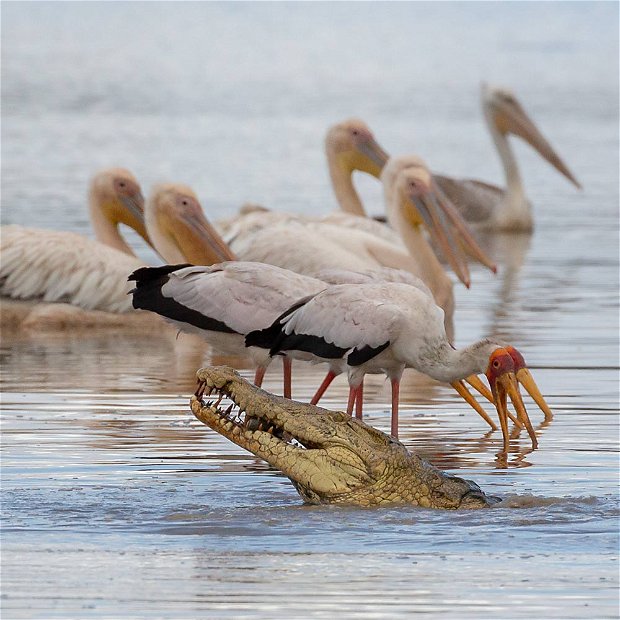
We have recently returned from a visit to two of Tanzania's biggest National Parks - Nyerere and Ruaha National Parks. These are two of the stops on on our Southern Circuit Safari ( the other park we visit on the full tour is Katavi, in remote western Tanzania).
Tanzania's Southern Circuit offers a fantastic add-on to a Northern Circuit Safari, or can be done as a stand-alone safari, with Zanzibar as an obvious add-on.
Read more about Nyerere and Ruaha in this safari blog!
Safari Trip Report: Tanzania's Southern Circuit.
Nyerere National Park.
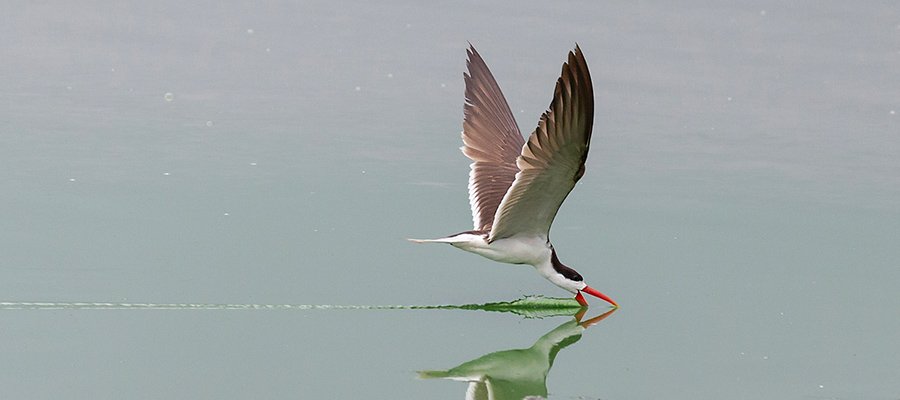
Park overview.
Nyerere is a new National Park, carved out of the former Selous Game Reserve, which at 50 000 square kilometers was one of Africa's biggest protected areas, and a UNESCO World Heritage Site. In 2019 Selous was split in two, the north, west and south becoming Nyerere, at roughly 30 000 sq km, and the east remaining as Selous, at roughly 20 000 sq km. Most of the accommodation in Nyerere is in the north, close to the Rufiji River, Tanzania's biggest, and the associated shallow lakes such as Mzizima, Siwandu and Nzerakera. Nyerere is situated on the coastal plain, between the Indian Ocean and the Undzungwa Mountains, and as such is distinctly lush and tropical. Habitats include Acacia savanna (now referred to as 'Vachelia savanna'), Miombo woodland, grassland, swamp and riverine forest.
Access.
It's easy to get to Nyerere, with daily light aircraft flights from Dar es Salaam, usually via Zanzibar; or from Ruaha. Road transfers are also possible, as it's only about 3 hours from Dar.
Accommodation and food:
We spent three nights at Foxes Safari Camps' Rufiji River Lodge. Accommodation comprises 'suites' which are large enough to accommodate families, with views over the river; and standard safari tents, looking over a channel in the river. The accommodation is just right - not too fancy (no carved granite bath tubs, wharehouse-sized bathrooms, 'his and hers' everything) but very comfortable. The main areas are pleasant, with great views over the river, and also not 'over the top', but more practical and functional.
The food was very good overall, as our waistlines will attest to! We had a combination of sit-down breakfasts and lunches and packed breakfasts and lunches for extended safari activities. The food was wholesome and not too fancy, in line with the general standard of the lodge (mid range).
Birds and Wildlife:
The wildlife was quite good, though we only had one Lion sighting, and it wasn't a good one. Elephants are evidently not too common, though we did have a wonderful encounter from the boat on a PM boat cruise, which was fantastic. With lots of thick bush around, plains game wasn't too plentiful either, generally, but we did see a lot of Maasai Giraffe, and some Plains Zebras. Hippo's were plentiful, as were Nile Crocodiles, and in fact we had one of the most amazing Croc sightings, with at least 100 feeding on a dead Elephant. The Angolan Black-and-white Colobus that hung out in the lodge grounds were amazing to see, and other primates included Vervet Monkey (raiding the biscuit tray), Syke's / Mitis Monkey and Yellow Baboon. Bushpig was another highlight.
The birding was excellent. Highlights included massive numbers of assorted water-associated birds such as Pelicans, Storks, Herons, Egrets, Ibises, Spoonbills etc feeding on fish in the shallow lakes, and one 'session' at Lake Mzizima was just incredible. The boat excursions also provided some fantastic birding and photo opportunities, allowing close up viewing of Bee-eaters, Kingfishers, Weavers etc. Some cracking photos were taken! Other bird highlights included Racket-tailed and Broad-billed Rollers, Bohm's Bee-eater, Palm-nut Vulture, African Crowned Eagle, African Pygmy and Grey-headed Kingfishers, African Skimmer, Brown-breasted Barbet, Pale-billed Hornbill, Northern Carmine Bee-eater and many others. Overall very rewarding, and our guide Maresu was very good.
Ruaha National Park:

Park Overview:
Ruaha is Tanzania's second largest park, at over 20 000 sq km. It's located west of Nyerere NP, over the Undzungwa Moutains, in south-central Tanzania. The Undzungwas create a 'rain shadow' to the west, and thus Ruaha is much drier overall, though in the wet season it may be anything but dry. The Great Ruaha River is the main waterway in the park, a raging torrent at times in the wet season, but a series of standing pools in the dry season (Ruaha has two wet seasons, as with Serengeti etc - 'short' rains between October and November, and 'long' rains between March and May). Ruaha is part of a collection of protected areas that add up to some 50 000 sq km, making it pretty vast indeed. 'Epic' and 'immense' are two great adjectives for Ruaha! It certainly coveys a feeling of vastness. Baobab trees are a main feature of the park, many quite badly damaged by Elephants though, and other habitats include arid savanna, rocky hills, floodplains and swamps in some areas.
Access:
Once again access is easy, with companies such as Safari Airlink offering regular flights in and out. And it's easy to tie in with visits to Nyerere and Katavi, and even directly to Serengeti.
Accommodation and food:
Ruaha River Camp also belongs to Foxes Safari Camps, so the standard was similar to that at Rufiji River Lodge - mid-range, comfortable but not 'over the top'. Accommodation comprises stone 'bandas', or huts, each with a view over the river bed. We were in one 'wing' of the camp, and the down side of being there was that it was quite a walk to get to the restaurant. One needs to be escorted by a local Masai 'askari' or guard', or driven in a vehicle by the guide, so it's not easy to just head over for a cup of tea or to check messages via WiFi. But in future we'll reserve rooms closer to the main restaurant (they have two restaurants, one closer to our rooms, but it was only used for lunches at the time of our visit).
Birds and Wildlife:
Now to the important stuff! Luck was with us as there was a pack of 25 Wild Dogs close to the lodge for the duration of our stay, which were the highlight of our game viewing experience. We had two Lion sightings, one pretty good and the other very bad! But that was it in terms of large predators, no Leopard, Cheetah or Spotted Hyenas, though they are definitely around. As always, luck plays a big role in the game viewing experience (and we were lucky to have the Wild Dog pack camped out close to the lodge). Elephants were plentiful, as were Buffalo (several big herds seen) and general 'plains game', though we were disappointed to not see Lesser Kudu, which do occur in the reserve (though possibly not in the areas we covered). Overall the game viewing was good, but in a large part due to the Wild Dogs being close to camp - if they hadn't featured so prominently, the game viewing would have been a bit disappointing (though if you are doing a Northern Circuit safari there will be no shortage of cats to come!). But the birding and epic scenery sure made up for that, and we had an amazing time overall.
Overall the birding was very good, with loads of colorful 'bush birds' to see, including the classic East African arid-region species such as Bare-faced Go-away Bird, Ashy Starling (endemic to Tanzania), Tanzanian Red-billed Hornbill, Von der Decken's Hornbill, D'arnaud's Barbet, White-headed Buffalo Weaver, Grey-capped Social Weaver, Yellow-collared Lovebird, Grey Kestrel, Fischer's Sparrowlark and many others. Very rewarding overall.
This safari can be combined with our Tanzania's Northern Circuit Wildlife Safari and / or some time in Zanzibar.
Further Reading
In August 2024, we ran the wildlife version of our Essential Namibia Safari series, and the 13-day tour once again showed off some of the best of Namibia. This safari comprises a Windhoek-to-Windhoek itinerary, covering Sossusvlei and the Namib Naukluft National Park; Swakopmund on the Atlantic Coast; the Twyfelfontein region of Damaraland; Etosha National Park; and the Erongo Conservancy. Plenty of diversity, amazing landscapes, loads of incredible animals, and some unique birds.......
Our Eastern South Africa Endemics birdwatching safari tour took place late last year, delivering a fantastic overall birding and wildlife experience, with over 400 birds species seen, as well as a decent number of mammals. Read the safari trip report below.
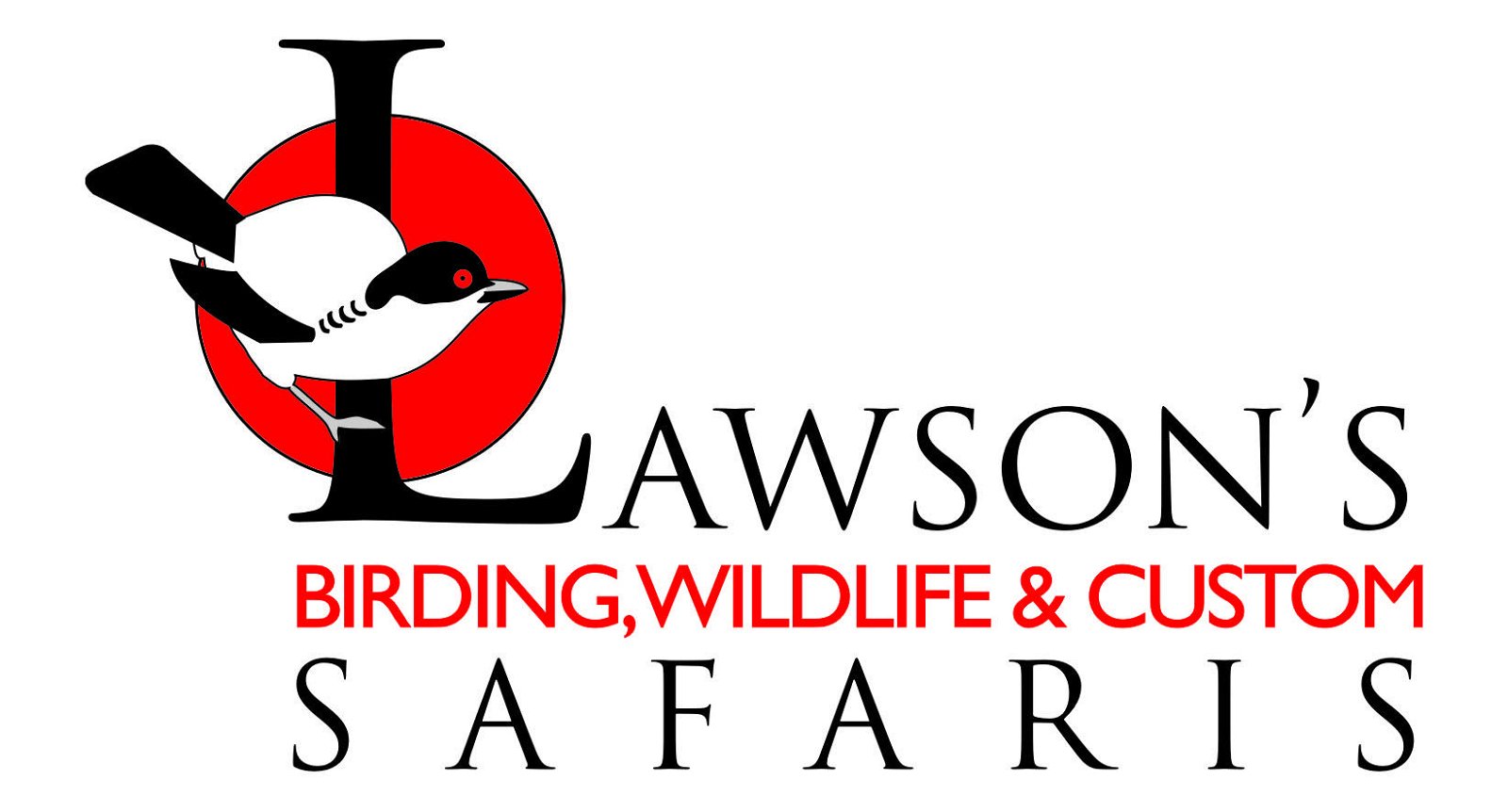

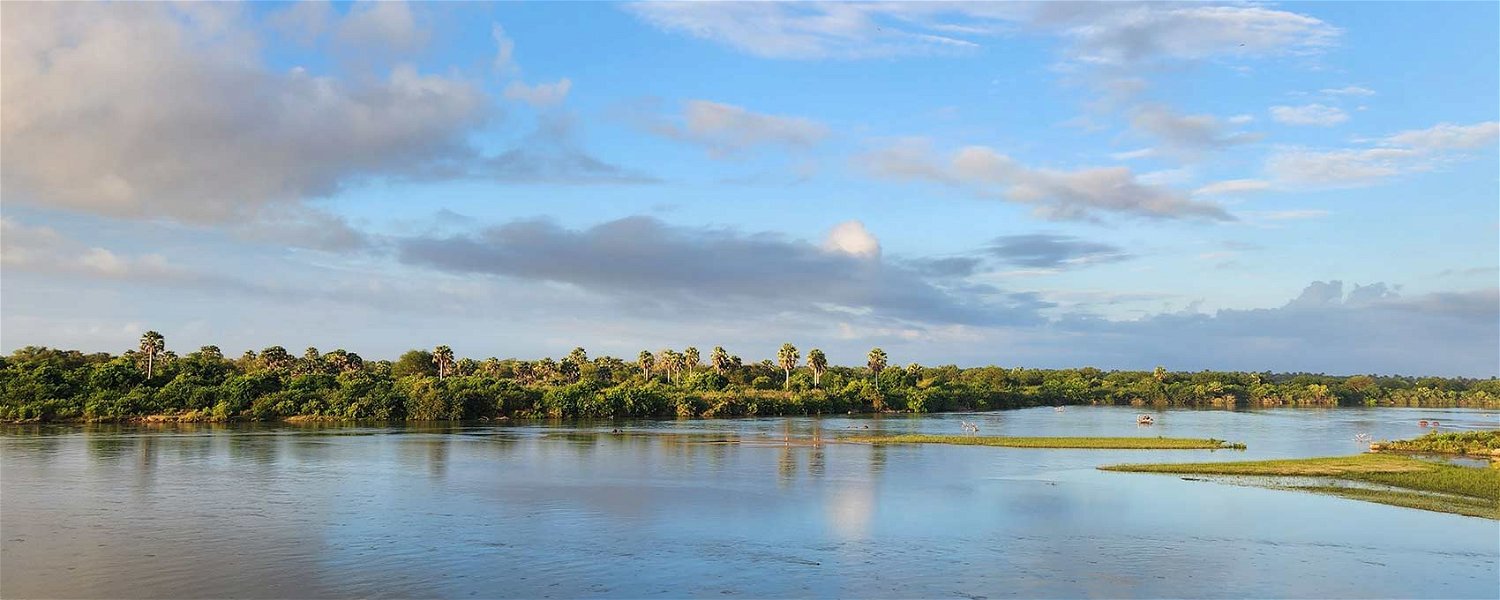
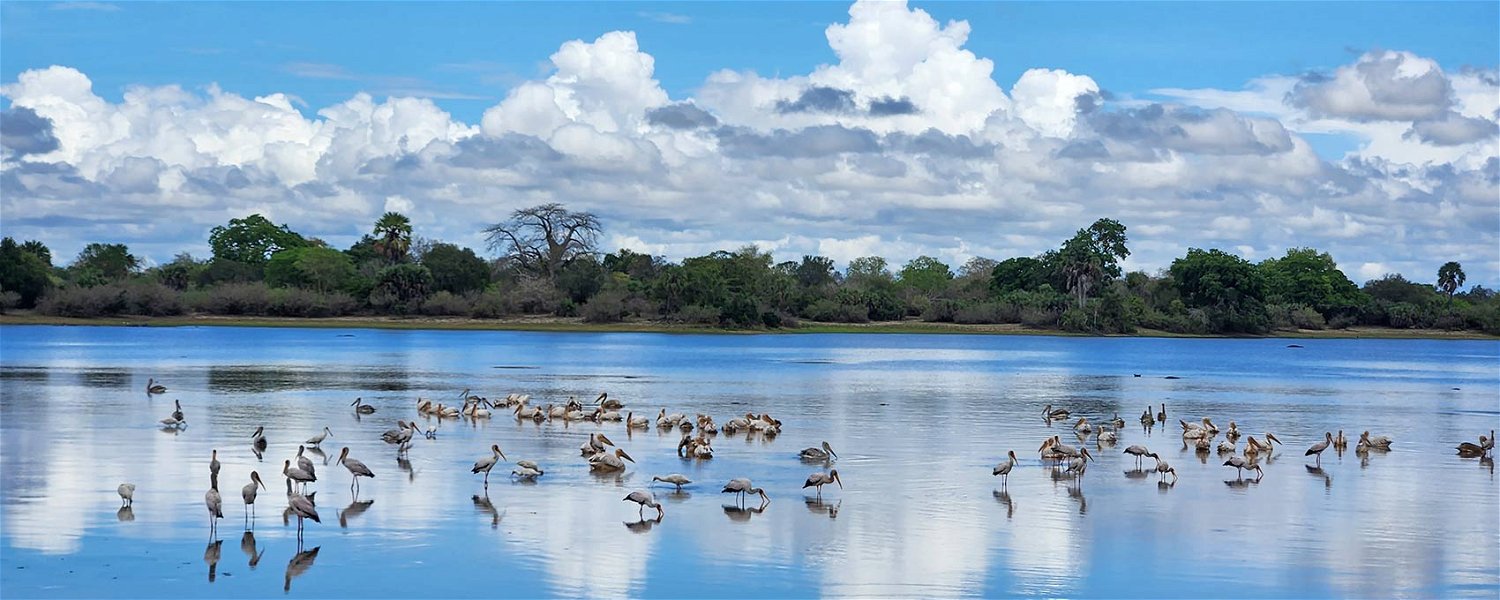
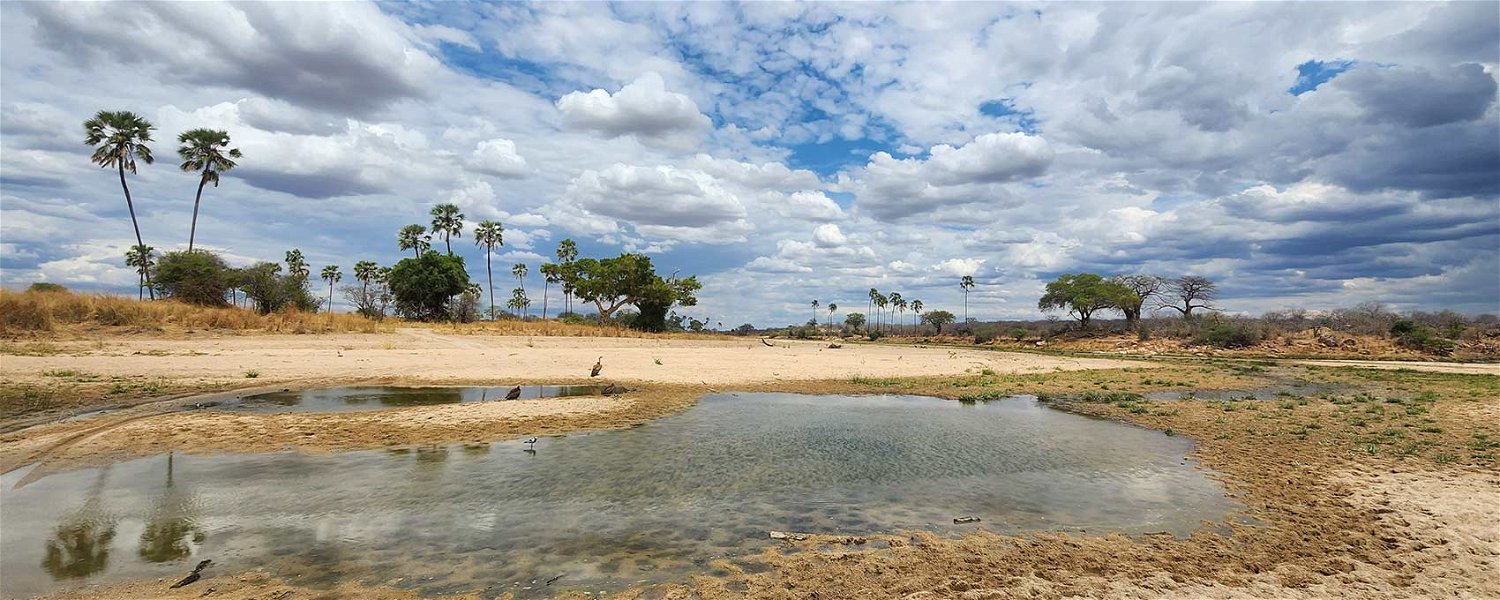
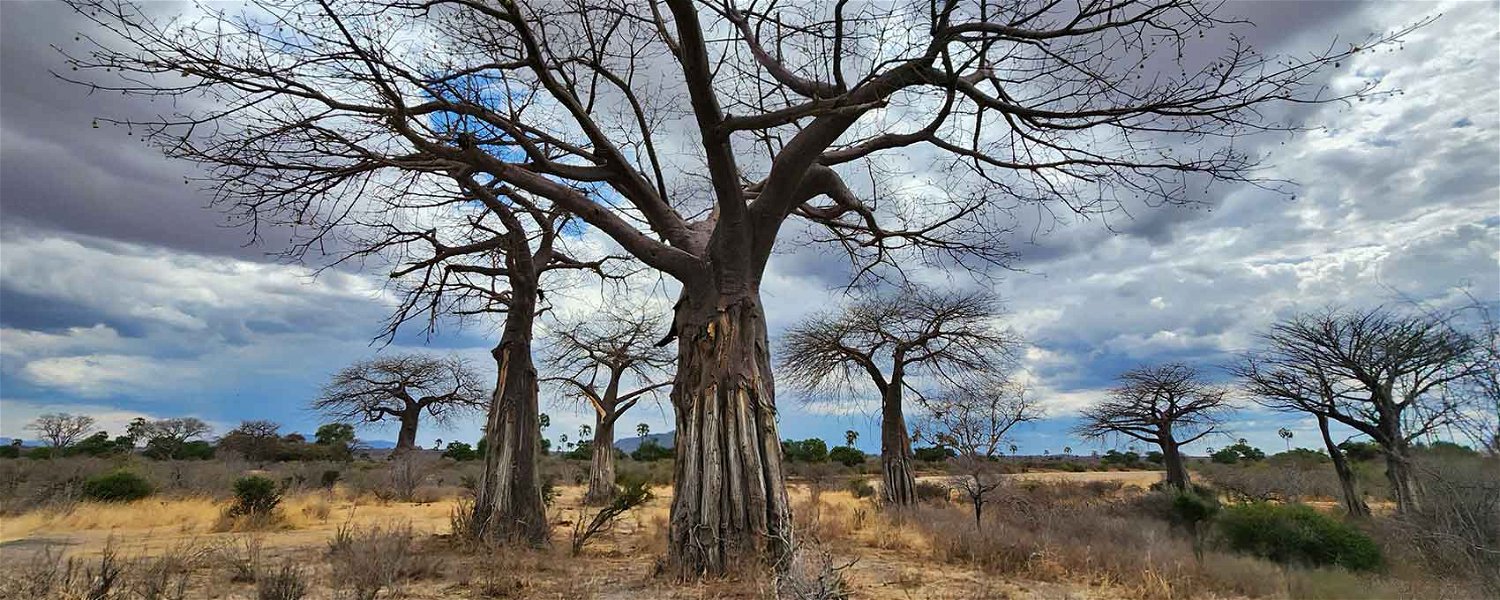

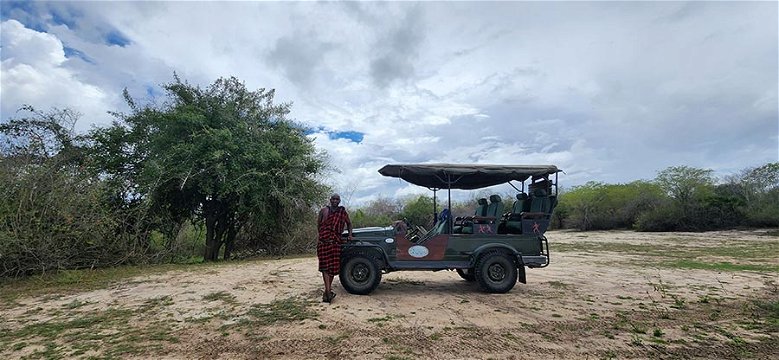

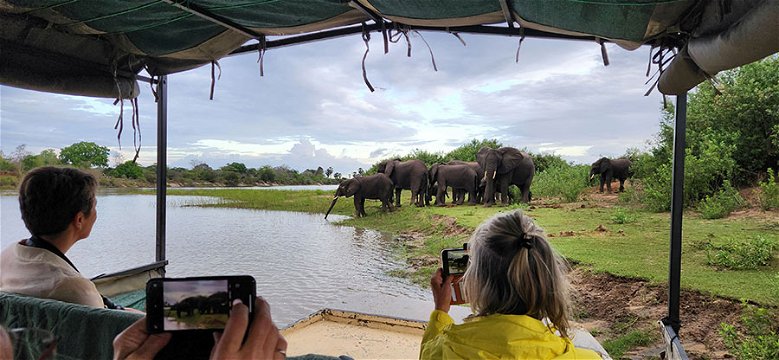
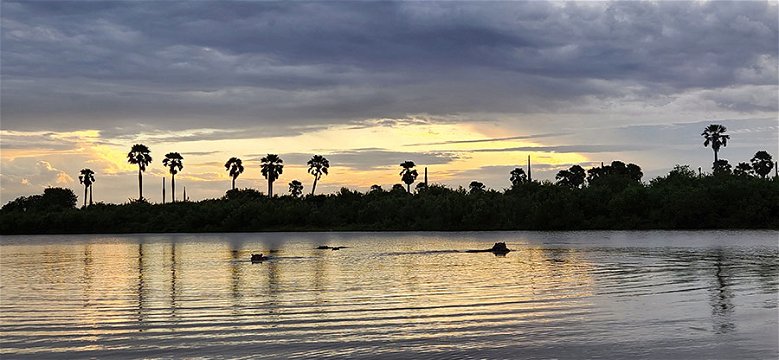
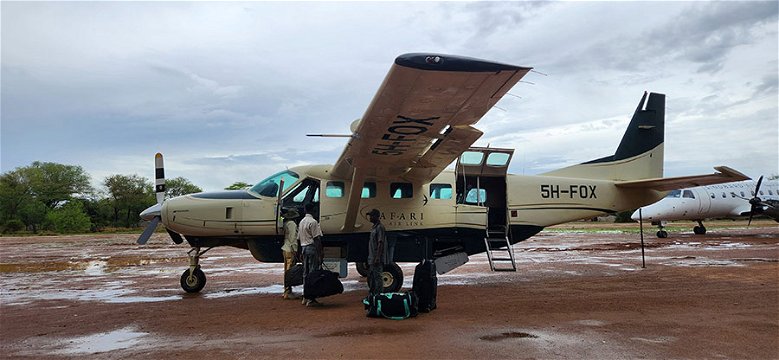
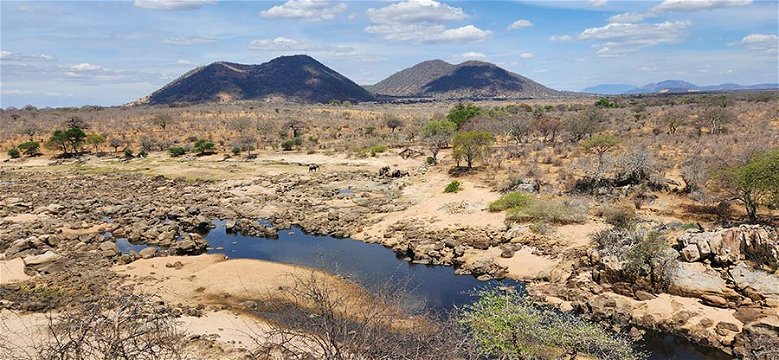
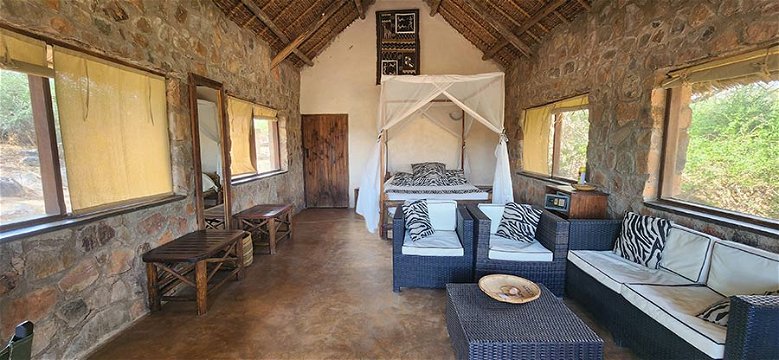
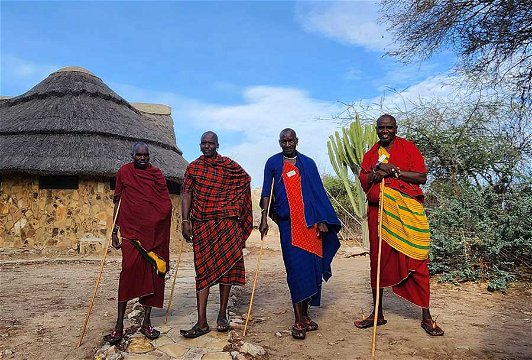
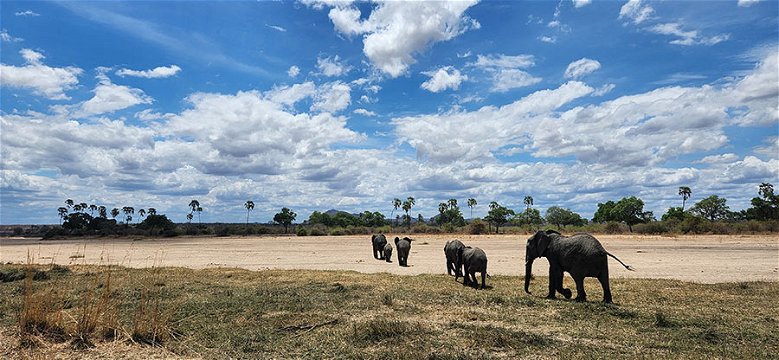
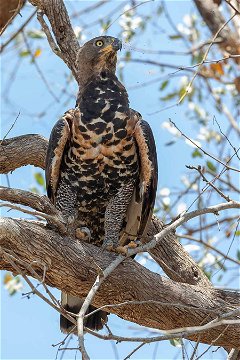
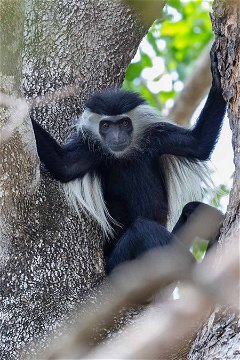
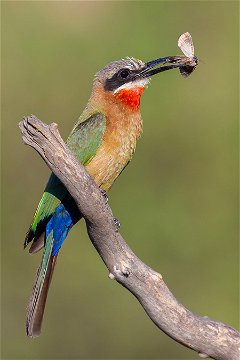
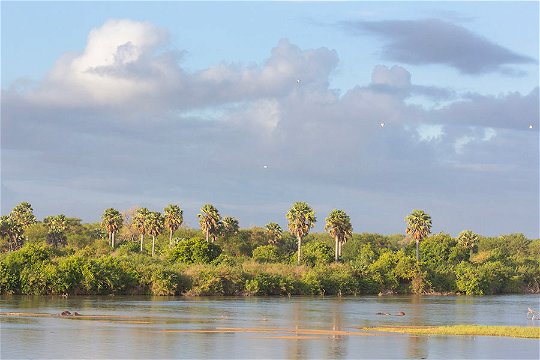
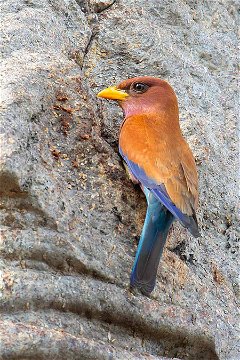
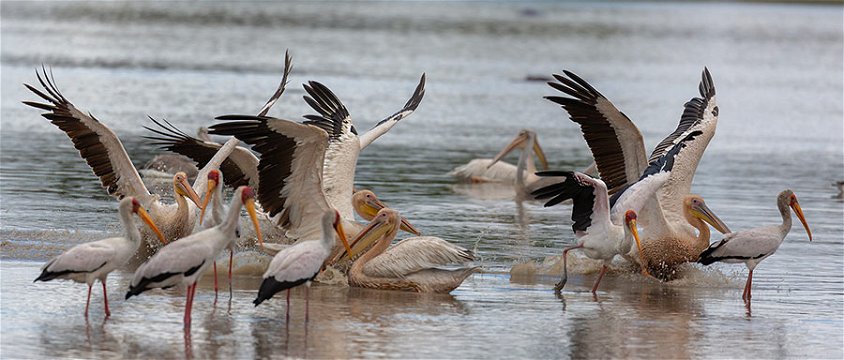
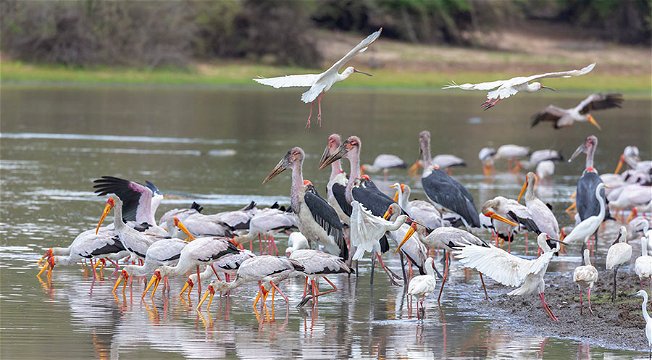
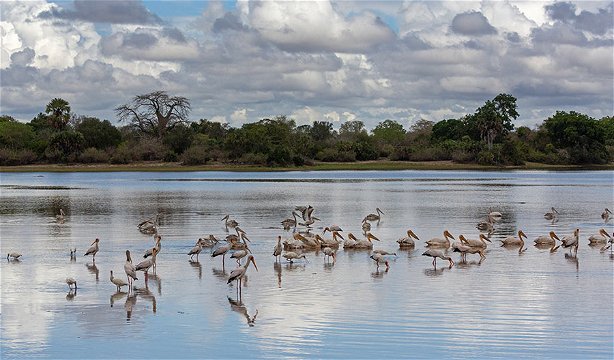
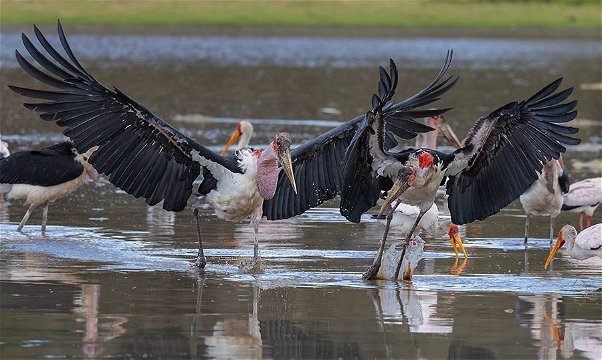
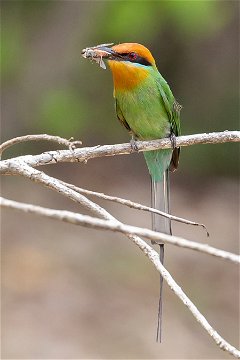
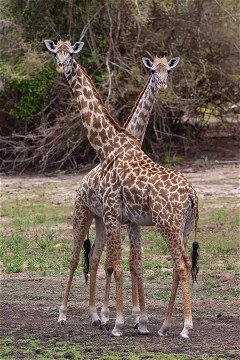
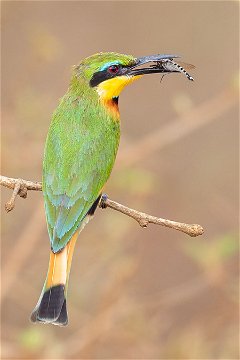
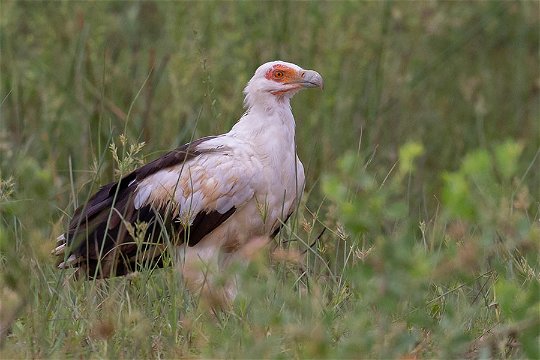
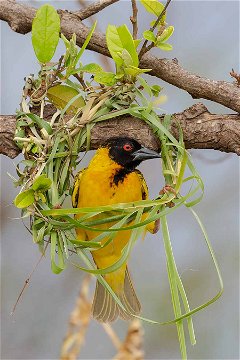
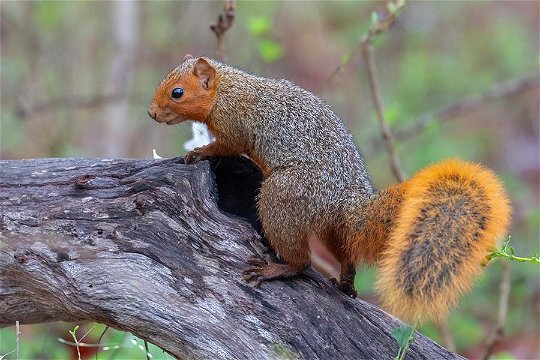
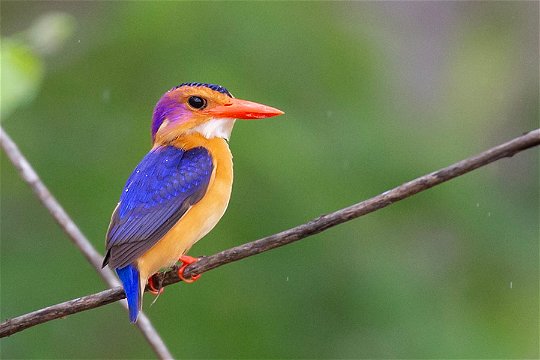
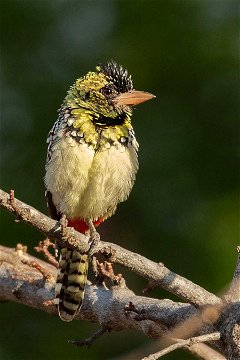
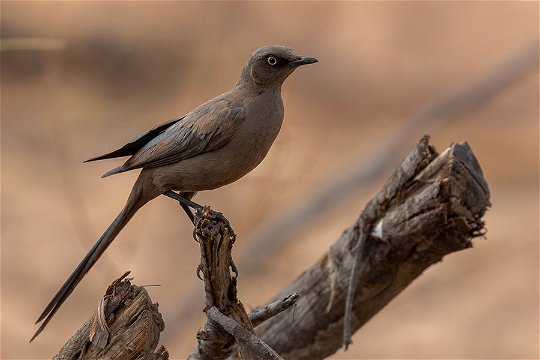
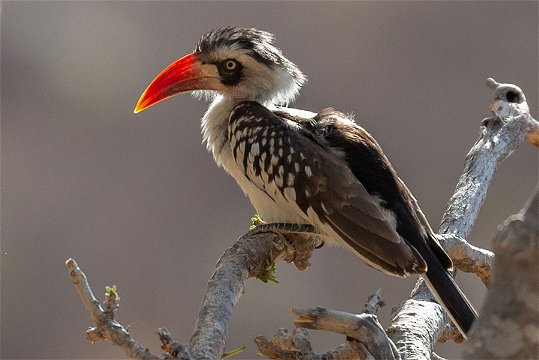
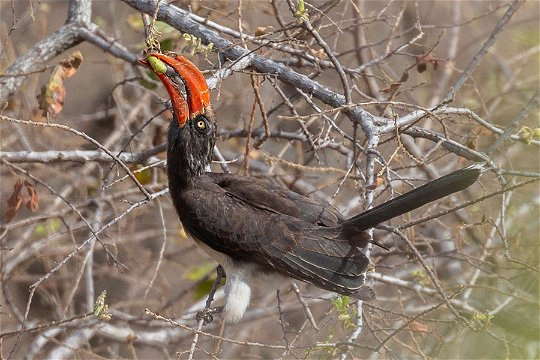
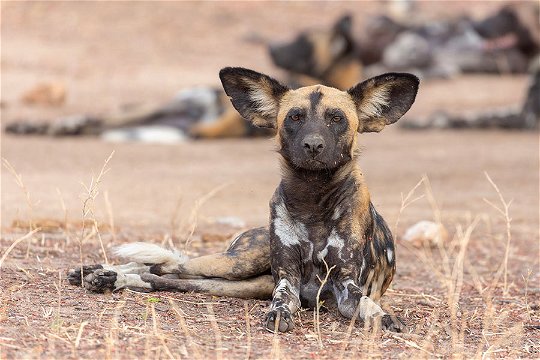
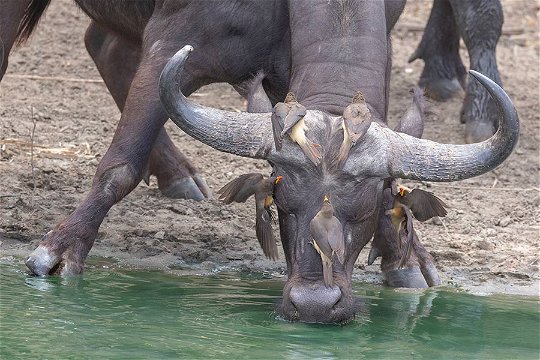
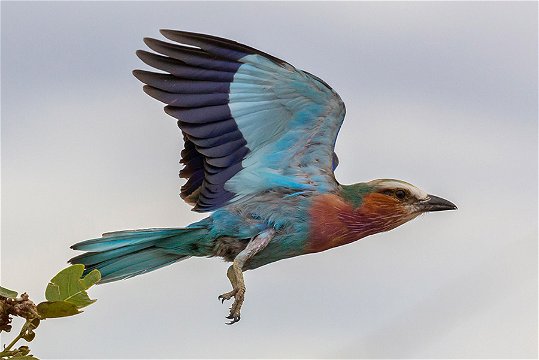
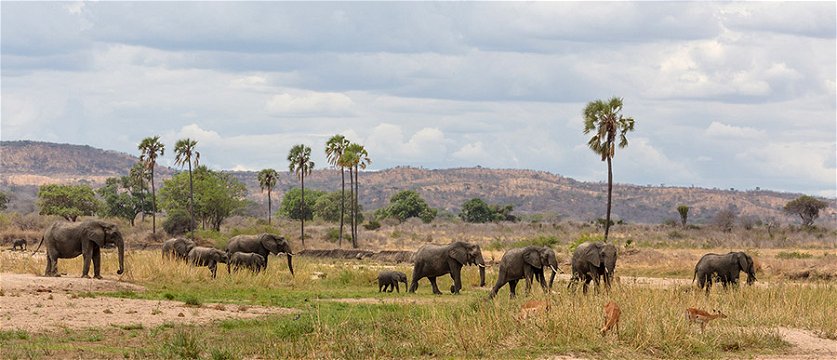
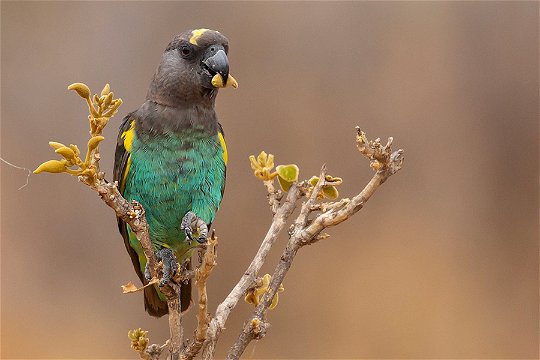
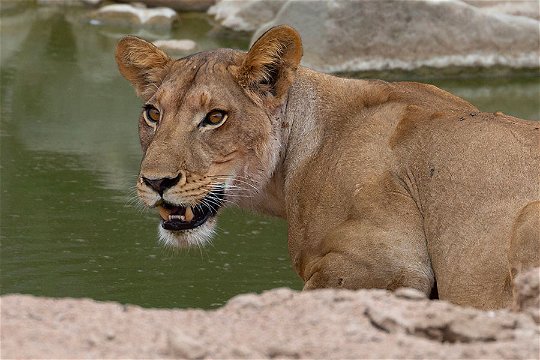
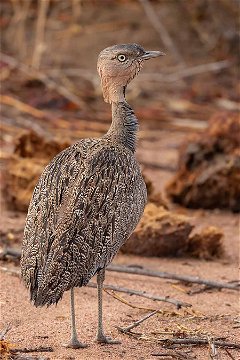
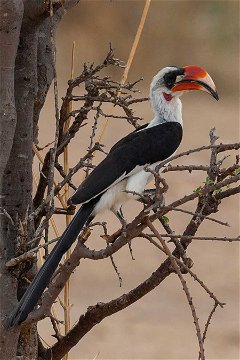
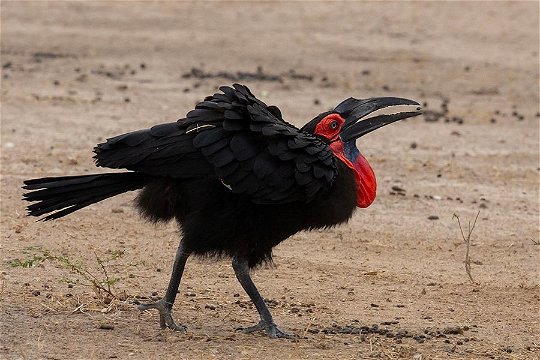
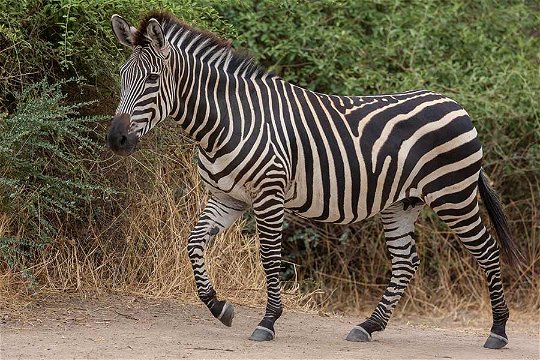
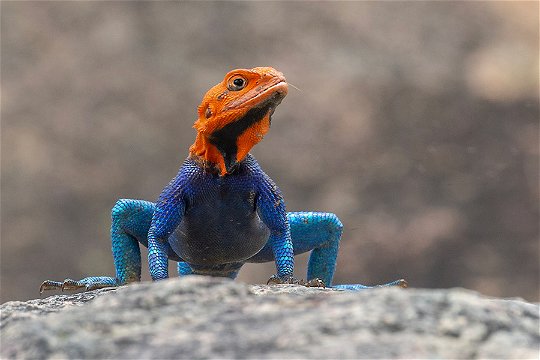
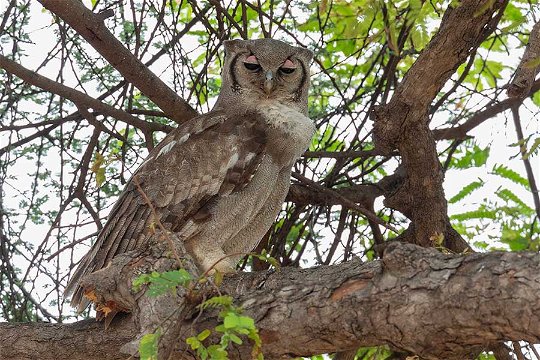
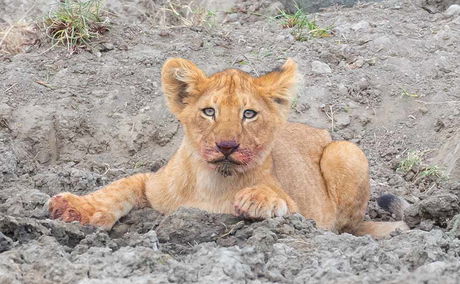
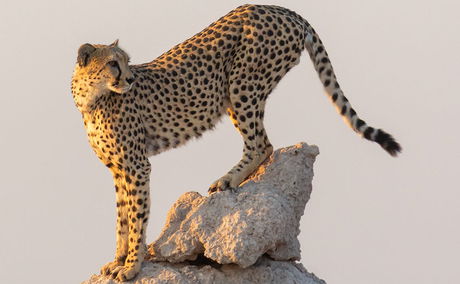
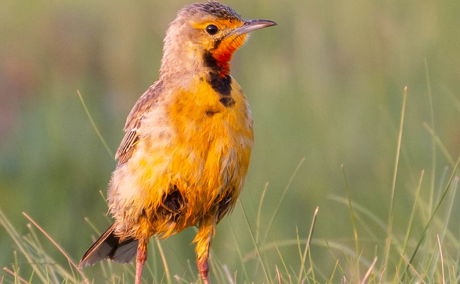
Share This Post